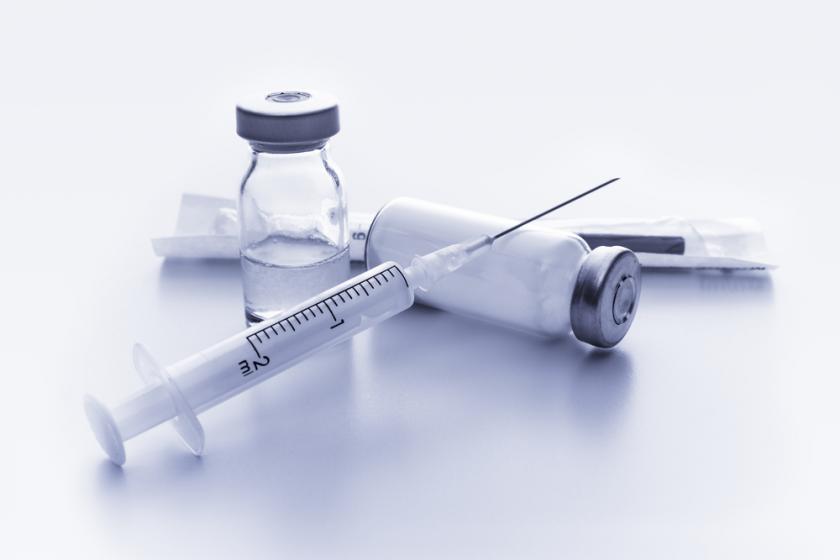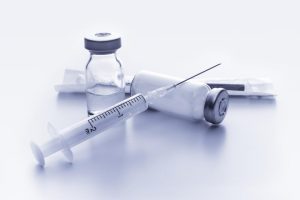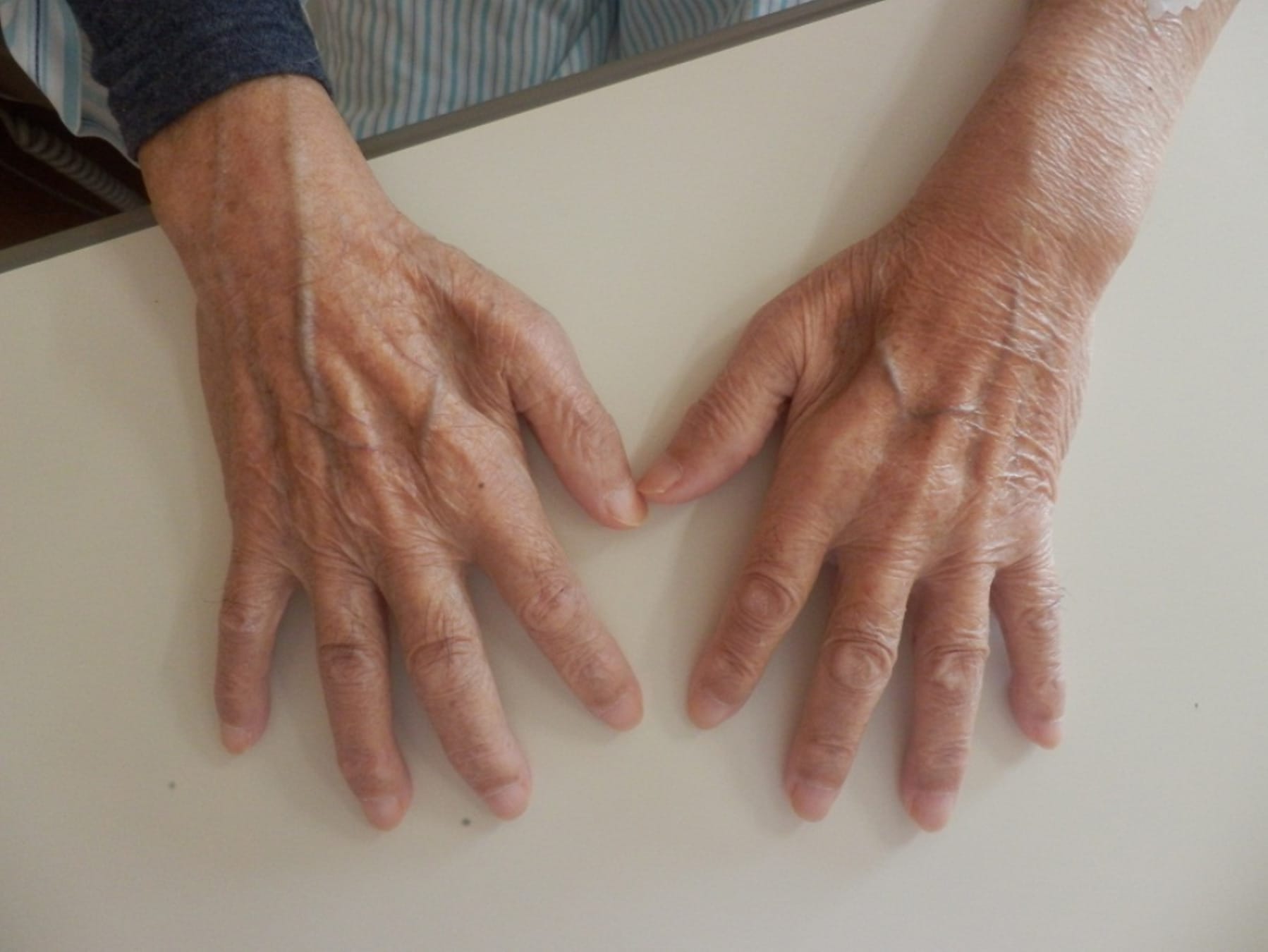The Role of Regenerative Injections in SCI
- admin
- Medical services

The Role of Regenerative Injections in the Treatment of Spinal Cord Injury Patients

Introduction
Spinal cord injury (SCI) is one of the most complex nervous system injuries that can seriously affect a person’s life. This injury, often caused by car accidents, falls, severe trauma, or degenerative diseases, disrupts the nerve communication between the brain and body, leading to multiple motor, sensory, and functional issues.
For years, the treatment of these patients was limited to supportive care and physical therapy. However, with advances in medical science, specialized therapies such as regenerative spinal injections have emerged, offering new hope for patient recovery.
—
Spinal Cord Injury and Its Complications
The spinal cord, acting as a communication highway, carries nerve signals from the brain to the rest of the body. Any damage to this vital part leads to:
Partial or complete paralysis
Loss of sensation
Muscle spasms and stiffness
Muscle atrophy
Chronic nerve pain
Urinary and bowel incontinence
Sexual dysfunction
These complications greatly reduce the patient’s quality of life, preventing them from performing daily tasks and participating in society.
—
What Are Regenerative Spinal Injections?
These are advanced, specialized medications designed to:
Repair damaged tissues
Stimulate nerve cells
Reduce inflammation and prevent further damage
Improve motor and sensory functions
They contain ingredients such as:
Nerve Growth Factors (NGF)
Anti-inflammatory compounds
Antioxidants
Essential vitamins and minerals for nerve health
—
How Regenerative Injections Work
These injections act through several mechanisms:
1. Reducing inflammation
Preventing further spinal cord damage and creating an environment suitable for repair.
2. Stimulating nerve regeneration
Promoting regrowth of nerve axons and reconnection of neural pathways by increasing growth factors.
3. Improving spinal blood flow
Enhancing oxygen and nutrient delivery to healing cells.
4. Relieving muscle spasms and stiffness
Restoring muscle flexibility and reducing pain and tightness.
—
Benefits of Regenerative Injections
Non-surgical and safe
Rapid response in some patients
Can be combined with physiotherapy and occupational therapy
Reduces nerve and muscle pain
Increases movement in affected limbs
Treats muscle spasms and stiffness
Improves muscle atrophy
Enhances standing ability and better limb control
Improves bladder function and urinary control
—
Treatment Outcomes and Clinical Evidence
Based on medical reports and clinical experience:
Many patients within the first 3 to 6 months of treatment report significant reduction in pain, spasms, and improved range of motion.
Many patients regain full strength in their knees in the early treatment stages and successfully start walking with balance.
This has become one of the most promising and encouraging outcomes of regenerative injections.
Several patients experience improved standing ability with support and better control over their bladder and legs.
Muscle spasms and stiffness gradually decrease, leading to improved overall quality of life.
Combining this treatment with consistent physiotherapy and occupational therapy significantly enhances its effects.
—
Limitations and Recommendations
Results may vary for each patient depending on injury severity, treatment timing, patient age, and overall health.
Treatment should be administered under the supervision of a spinal cord specialist.
The combination of regenerative injections with rehabilitation exercises, physiotherapy, and occupational therapy is the most effective approach.
Patients should remain patient, consistent, and committed to their treatment plan.
—
Conclusion
Regenerative spinal injections are one of the newest and most effective treatments for spinal cord injury patients, contributing to tissue repair, pain relief, improved movement, and better control of bodily functions.
The recovery of knee strength and the ability to walk with balance in the early stages of treatment is one of the most notable successes of this method, offering great hope for those living with SCI.
Ultimately, while these injections alone may not work miracles, combined with other supportive and rehabilitation methods, they can play a powerful role in helping patients regain a more independent and active life.



